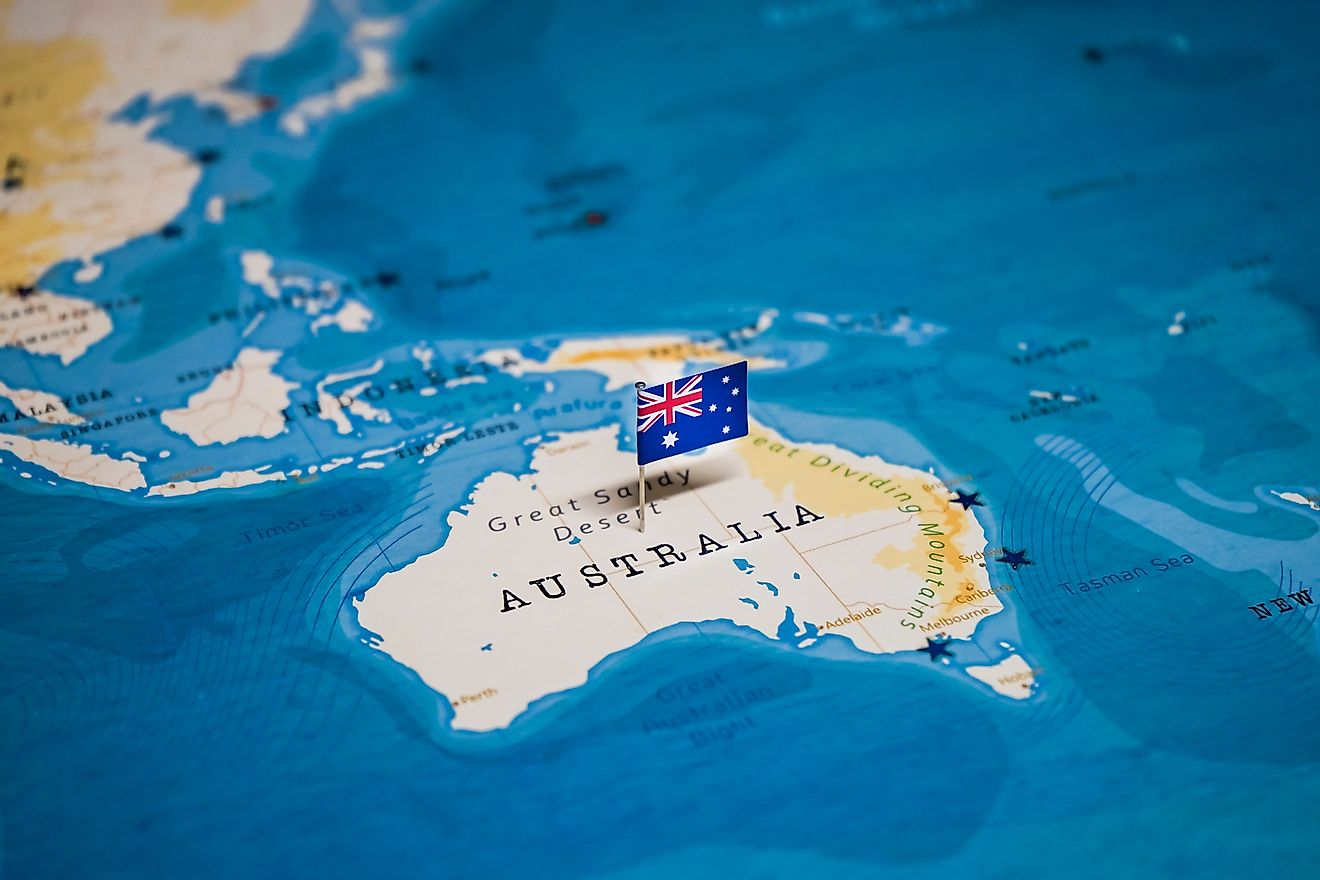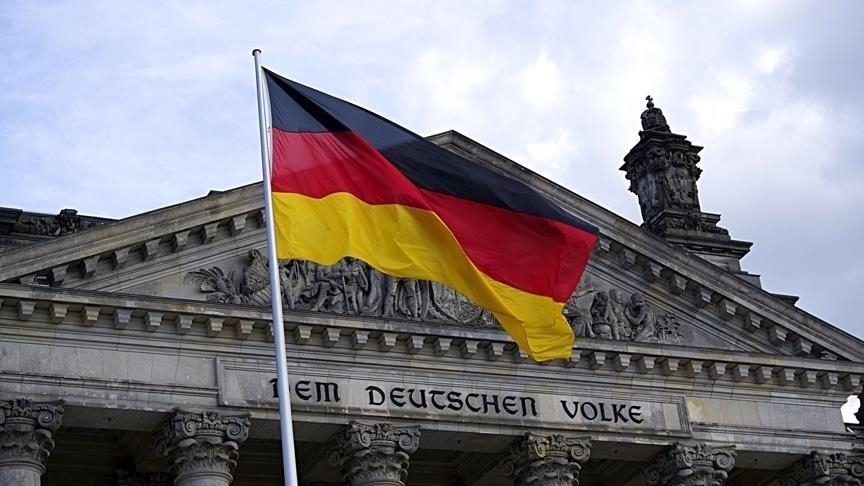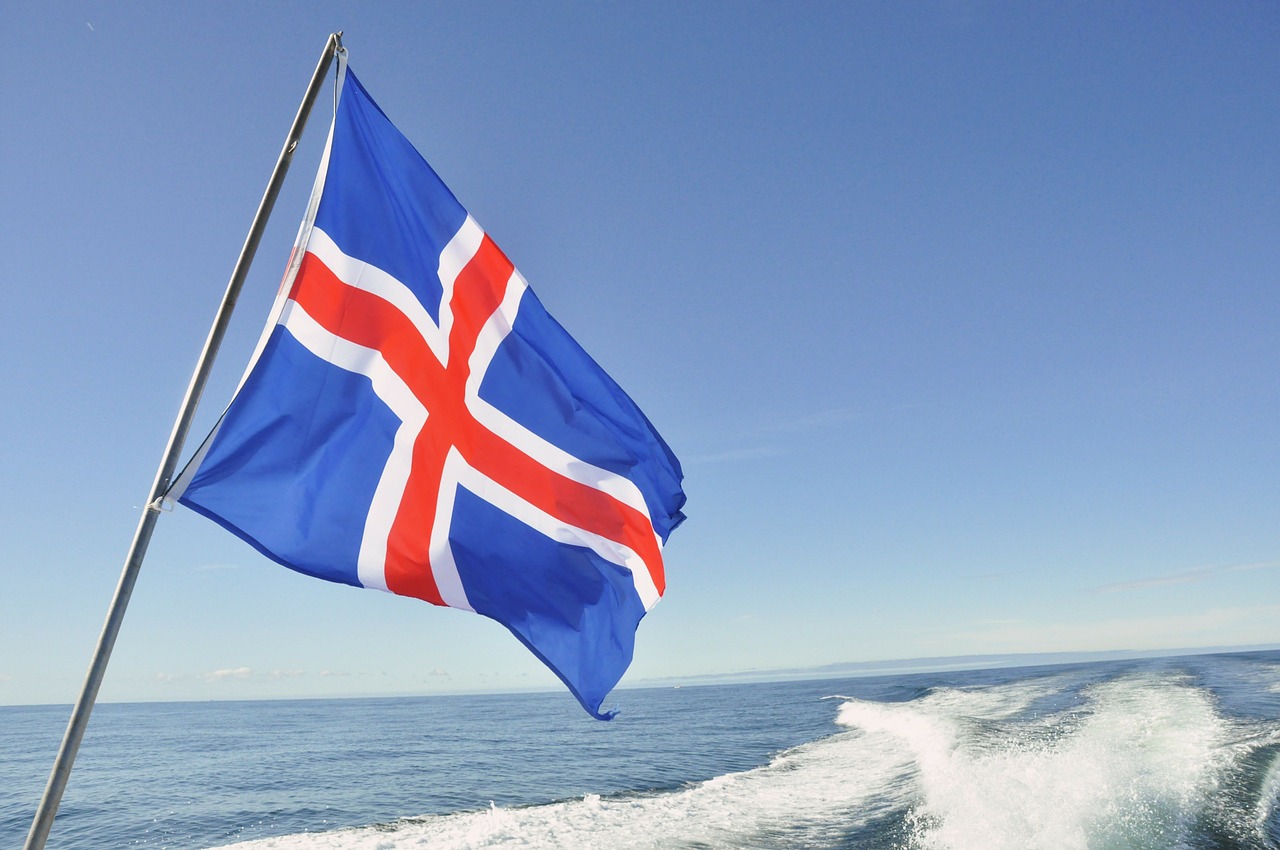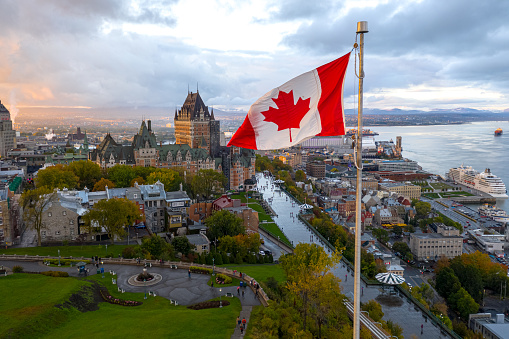The World Health Organisation defines universal healthcare as coverage where “all people have access to the full range of quality health services they need, when and where they need them, without financial hardship.”
According to WHO, 4.5 billion people were not covered by universal healthcare coverage for essential services. This led people to incur costs from their pockets.
This out-of-pocket financing of healthcare services pushed 344 million individuals globally to extreme poverty and 1.3 billion into poverty.
Healthcare coverage in Nigeria
Access to affordable healthcare remains a challenge for a lot of Nigerians due to poverty and out-of-pocket payments.
According to a report from PwC, from 2014-2016, only 3% of healthcare expenditure in Nigeria was paid for using health insurance. 72%-75% of Nigeria’s healthcare funding is due to out-of-pocket spending.
From 2016-2021, the Nigerian health insurance scheme covered less than 5% of Nigerians. According to the National Health Insurance Authority, less than 20% of Nigerians are registered under health coverage under the scheme.
Methodology
Nairametrics has employed the use of WHO’s universal healthcare coverage index to rank countries with free or universal healthcare.
The universal healthcare coverage index is a value assigned to each country based on the extent of their universal healthcare coverage.
Switzerland

UHC Service Coverage Index Value: 86.34
Switzerland has universal healthcare, but it is not entirely free. It has the highest rate of out-of-pocket spending in the world. However, the high rate is just 26% of its total health expenditure.
Australia

UHC Service Coverage Index Value: 86.78
Australia has universal healthcare coverage provided through global insurance, Medicare. Its public healthcare services in Australia are accessible to all Australian citizens, permanent residents, and some visitors and visa holders.
Norway

UHC Service Coverage Index Value: 87.03
Norway’s National Insurance Scheme (NIS) provides healthcare to all its residents. The scheme is funded through taxes and payroll contributions.
United Kingdom

UHC Service Coverage Index Value: 87.8
The United Kingdom’s National Health Service (NHS) provides free public healthcare to all residents. It is publicly funded primarily through taxes.
Portugal

UHC Service Coverage Index Value: 87.91
Portugal’s National Health Service (SNS) provides all legal residents with access to healthcare services.
Germany

UHC Service Coverage Index Value: 87.96
Statutory health insurance (SHI) covers the entire population’s healthcare. The government also provides more holistic healthcare coverage through special schemes.
Singapore

UHC Service Coverage Index Value: 88.52
The Singaporean government uses a combination of direct government subsidies, mandatory comprehensive savings, National healthcare insurance, and cost-sharing to fund healthcare services.
Iceland

UHC Service Coverage Index Value: 88.91
The entire population is covered by the healthcare system in Iceland. The healthcare system is publicly funded by taxes and service fees.
Republic of Korea

UHC Service Coverage Index Value: 89.09
The National Health Insurance Service ensures that people get access to healthcare services.
Canada

UHC Service Coverage Index Value: 91.04
Canada has a publicly funded health insurance scheme called Medicare. Medicare ensures that citizens and permanent residents get the necessary healthcare.
It ensures access to healthcare based on need rather than ability to pay.














See my country on the list!!! I think Europe has this UHC thing down! I pray Nigeria catches up at least 40%. The ignorance surrounding UHC in Nigeria needs to be dealt with.